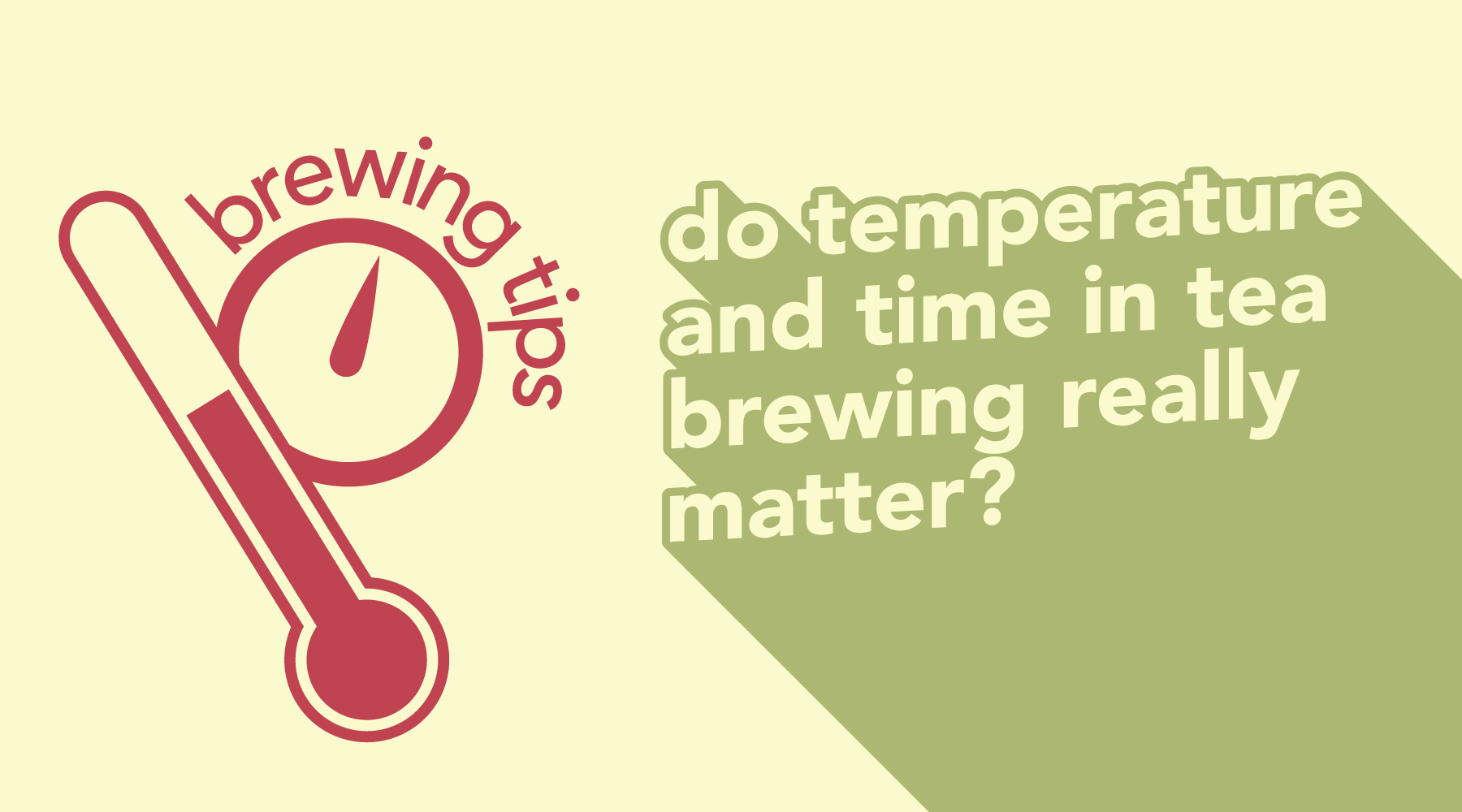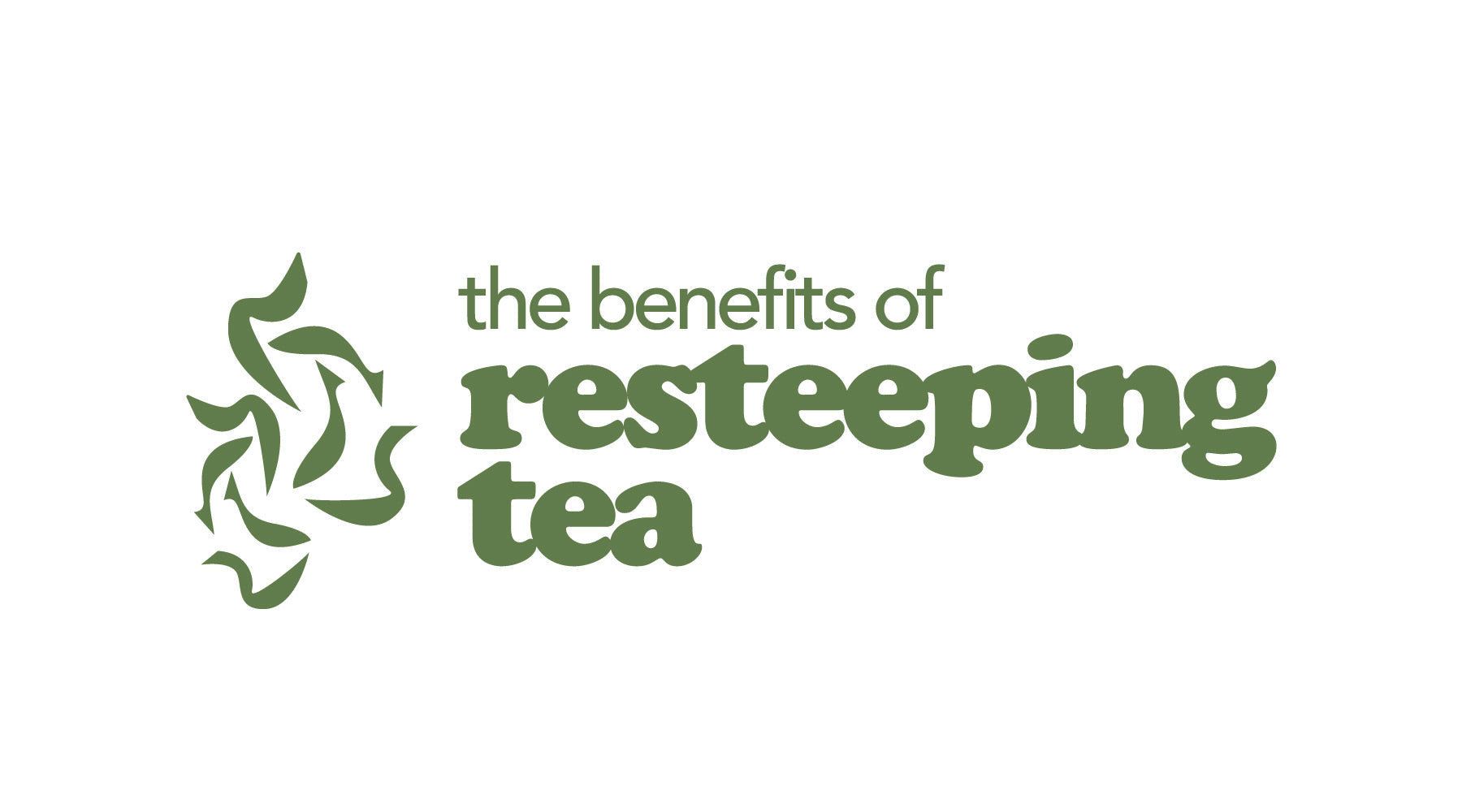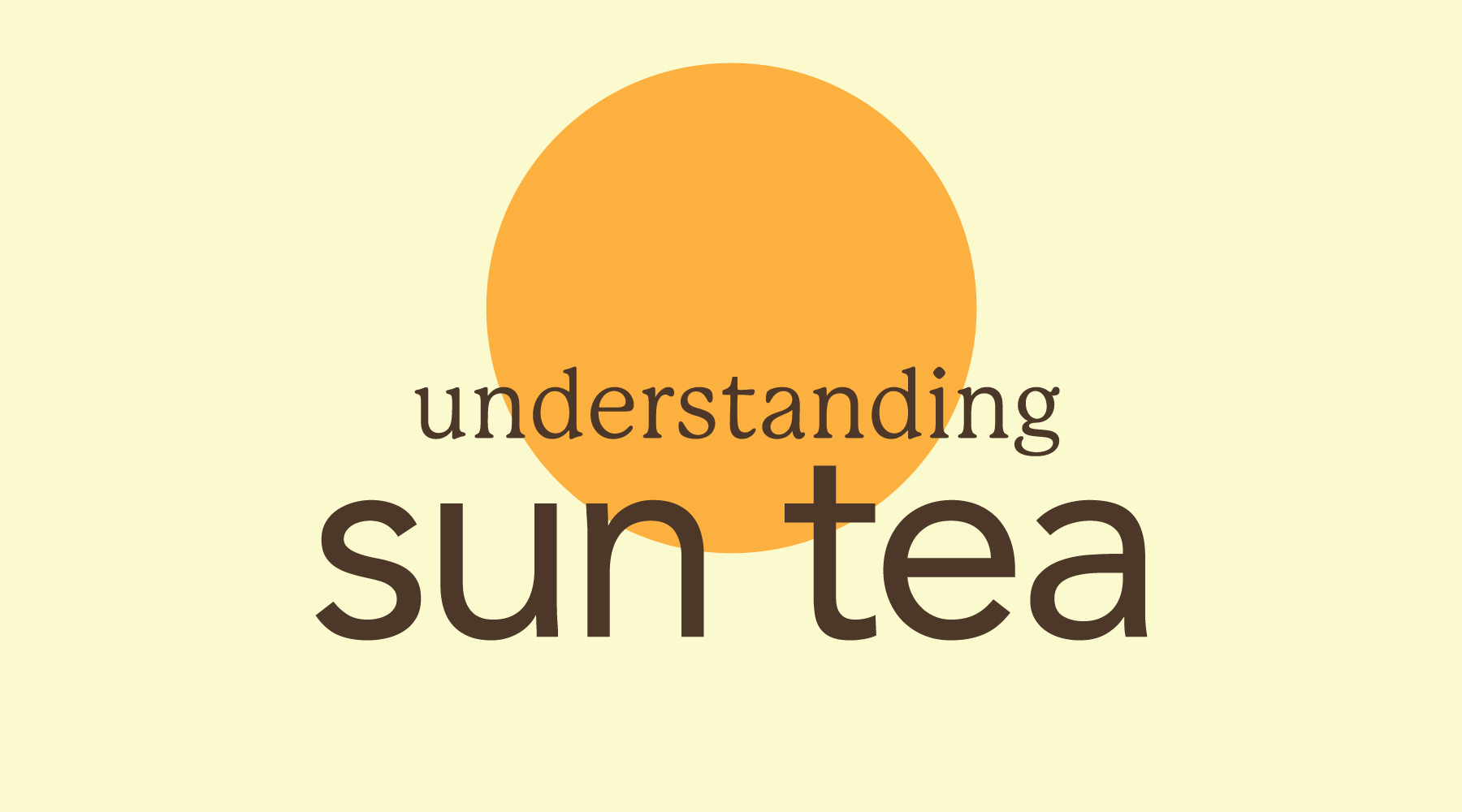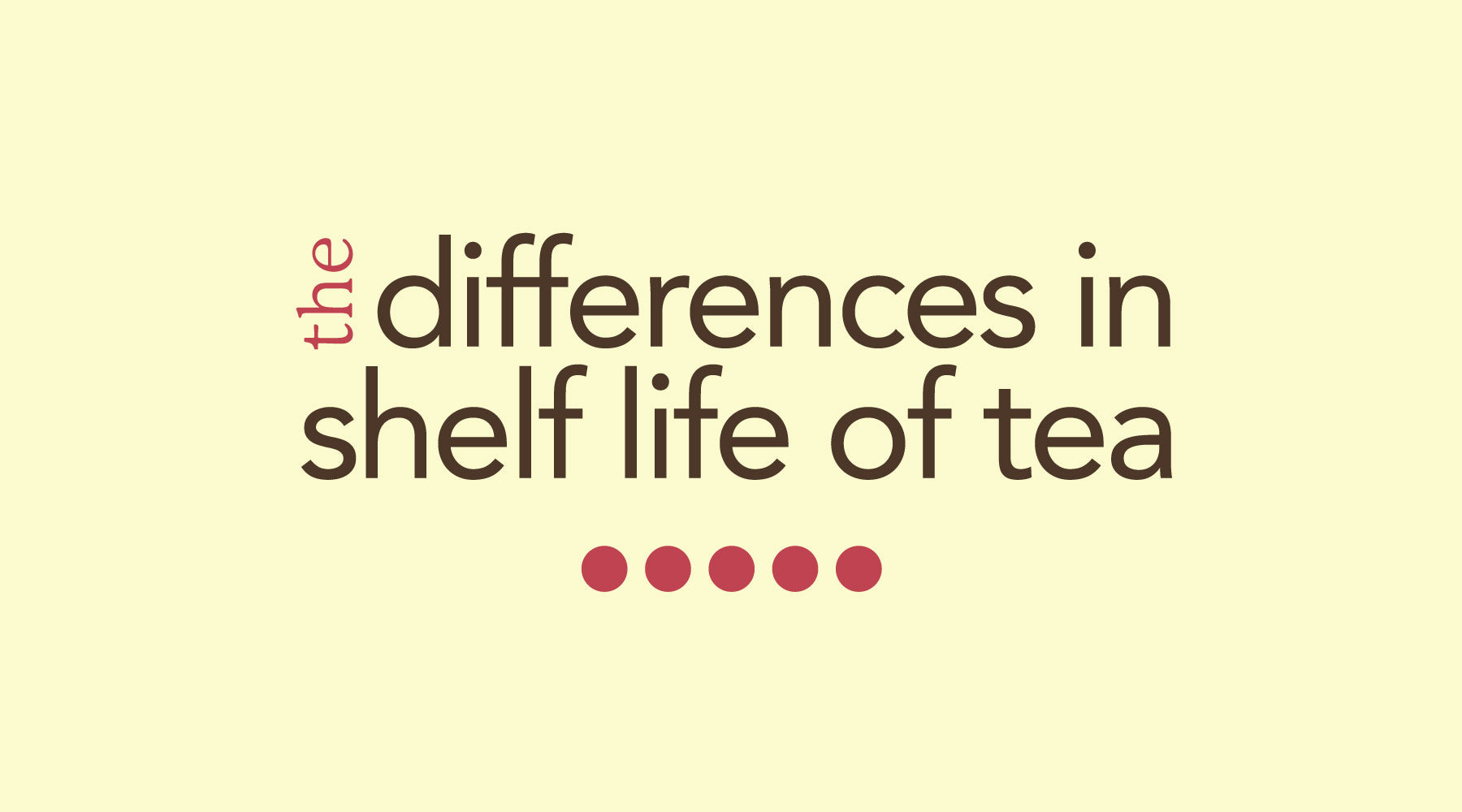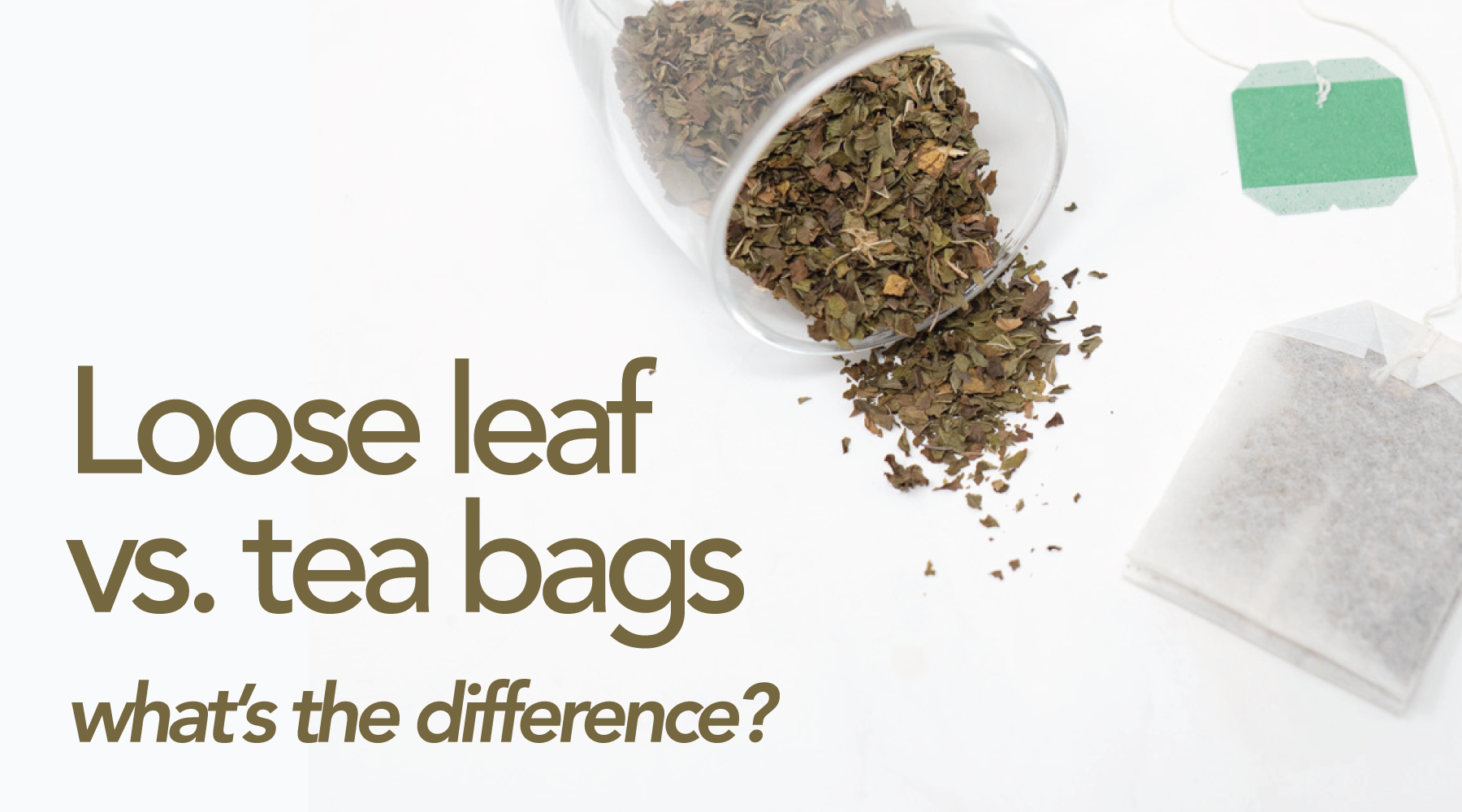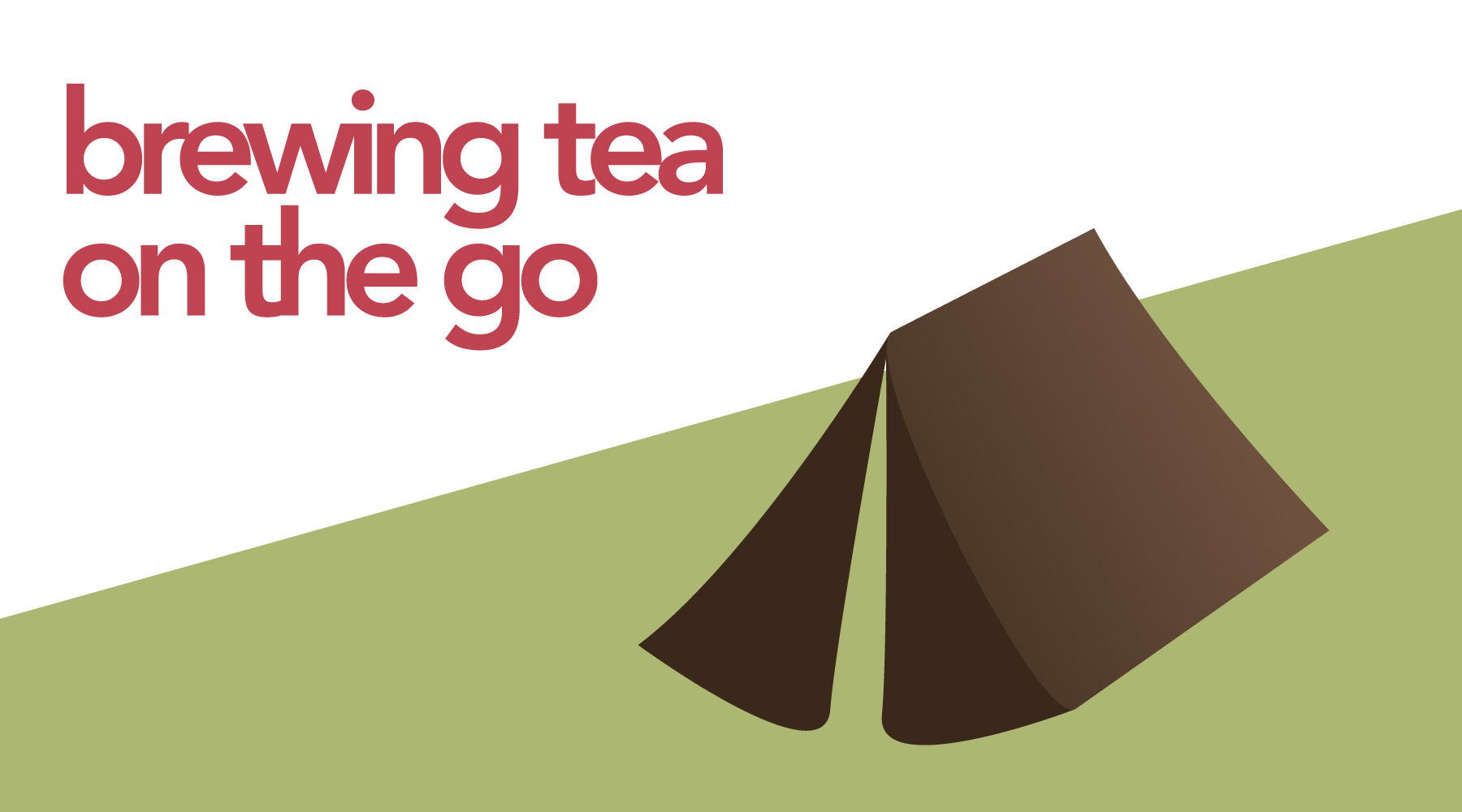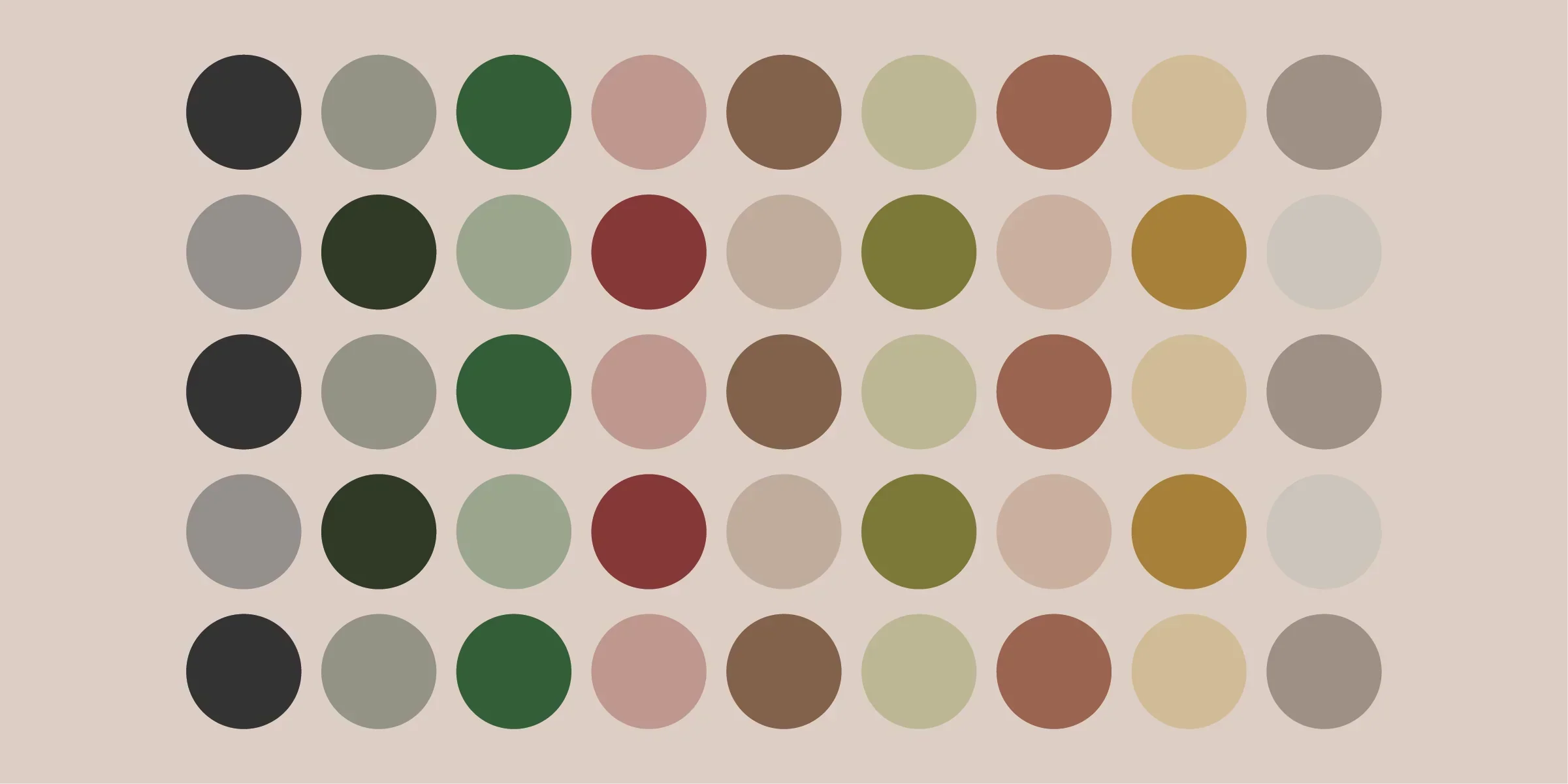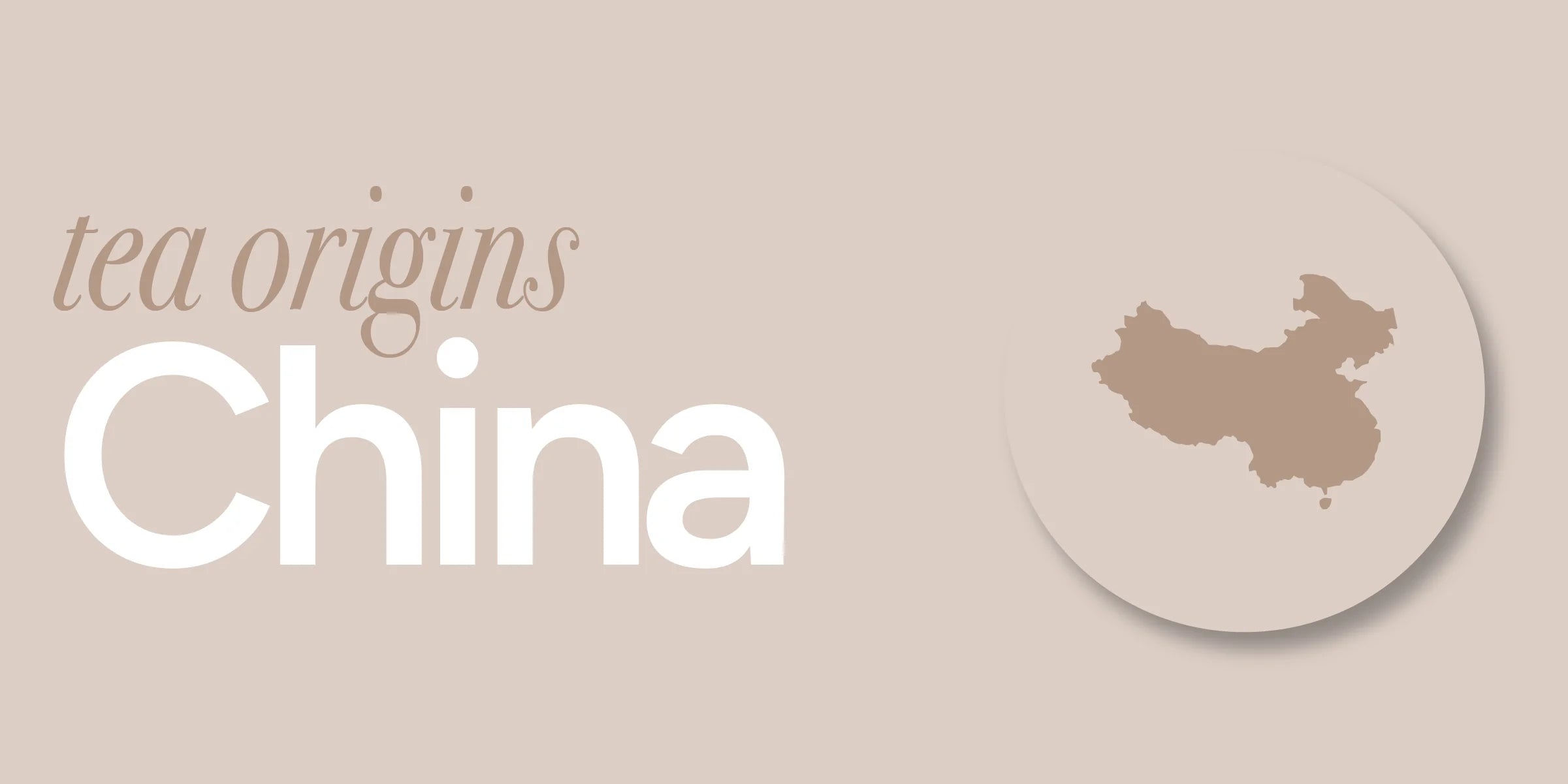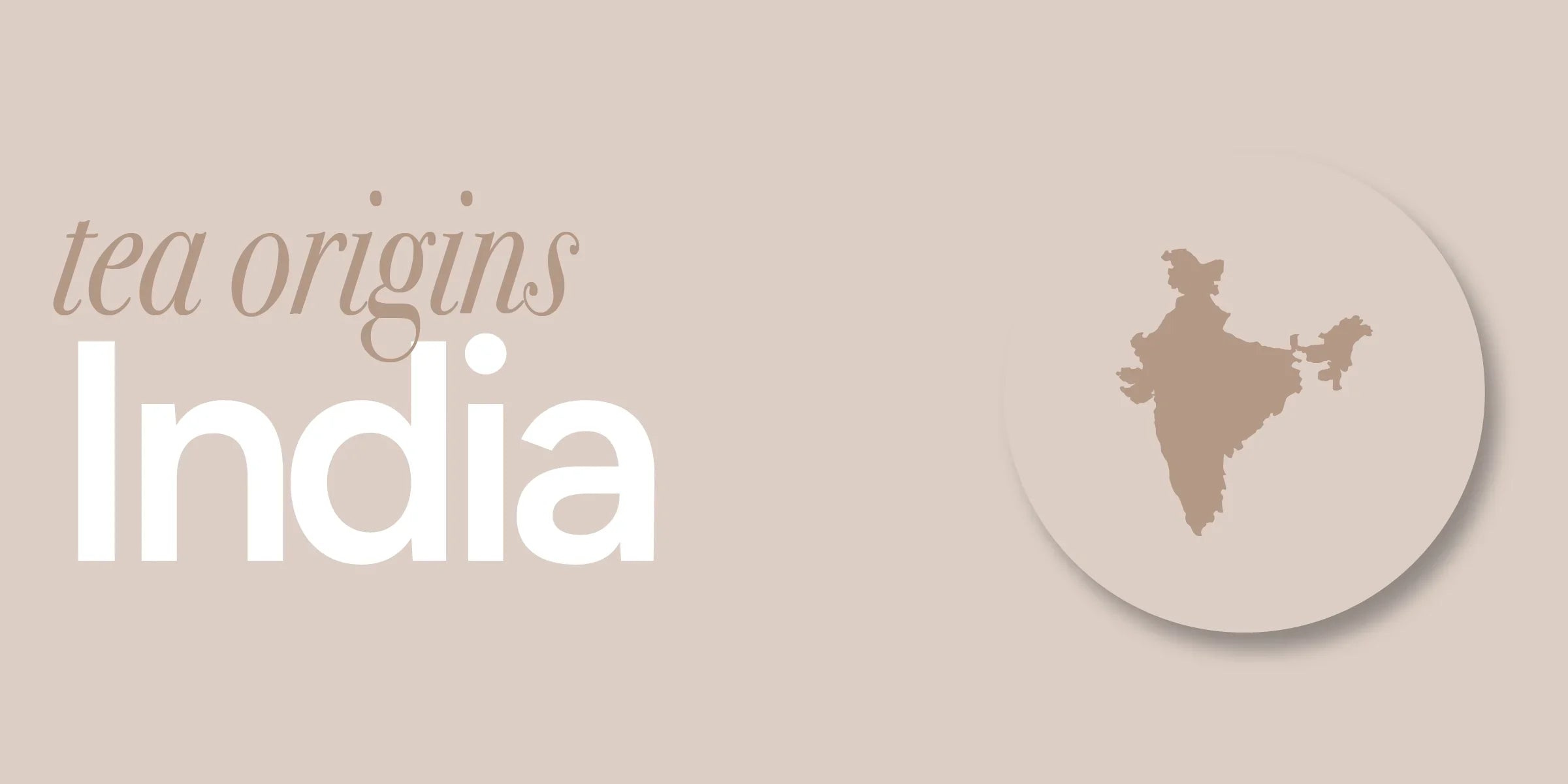This blog post marks the beginning of a new series that we here at Hackberry are introducing: “Tea Brewing Tips and Tricks.” This series will revolve around the “dos and don’ts” of tea brewing, breaking down specific nuances and recipes per tea type (black tea, green tea, etc.). To begin, lets address a question that is foundational to this series: “Is paying attention to temperature and time when brewing tea really that important?”
The answer is absolutely. Brewing tea is quite similar to baking. A baker adjusts an oven’s temperature depending on what he or she is baking. The baker takes extra precautions around the temperature and time at which he or she is baking, knowing that the slightest imbalance could ruin the whole baked good. Temperature and time in tea is as important. Tea is often comprised of delicate leaves that need careful attention, otherwise you could end up with a horribly bitter cup of disappointment.
Every tea type is different, and with the little slips that are included in each Hackberry package, you can see the general idea of how to brew a cup by tea type. If you don’t have that slip handy, a good rule of thumb is this: the leafier and greener the tea seems, the less intense you should brew it. So, a green tea or a white tea (two tea types that are almost exclusively just leaves) need 20ºF-30ºF less heat and about half the amount of time to complete brewing as you would brew other standard teas. On the other side of that coin, the less leafy a tea is the more capable it is to withstand hot temperatures. So, a fruit tisane is much less susceptible to developing bitterness when brewed on the hot end of the spectrum. But remember this one umbrella rule over all temperature tips: whatever you do, do not boil your water. Pouring boiling water is going to quickly dissolve what’s known as tannins, a naturally occurring antioxidant that is found in tea and is often responsible for its flavor. This damaging of the tannins is what is causing that bitter “over-steeped” flavor that you find in tea, so make sure to steer clear of boiling your water at all times. At the same time, that “under-steeped” flavor (or lack thereof) is most often caused by an under-heating of the water, so keep an eye on your water and make sure to stay away from both ends of the temperature spectrum.
We hope this helps your trajectory towards mastering the brewing techniques of your favorite teas. Stay tuned for our upcoming blogs that will break down each tea type and give you everything you need to know and more.


